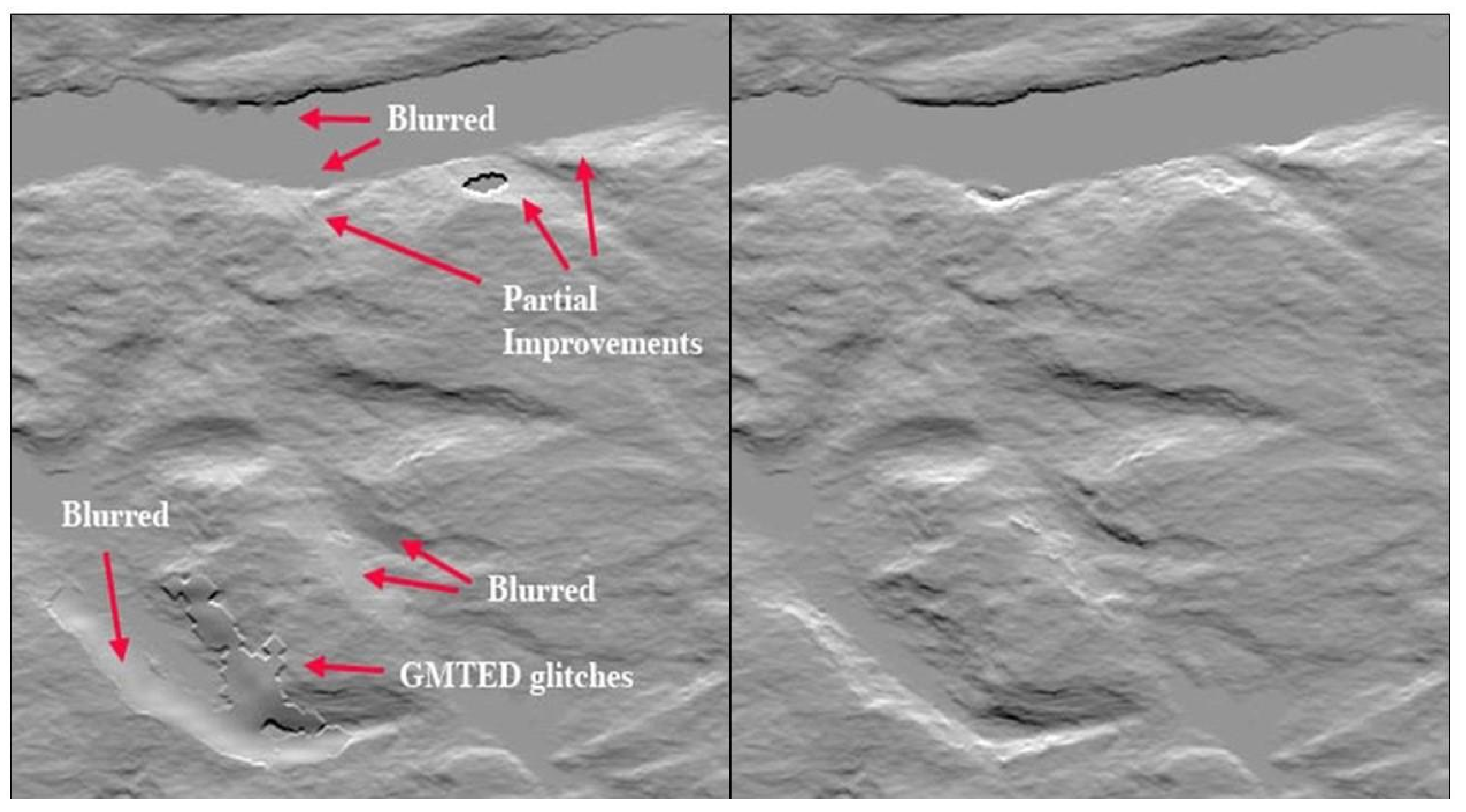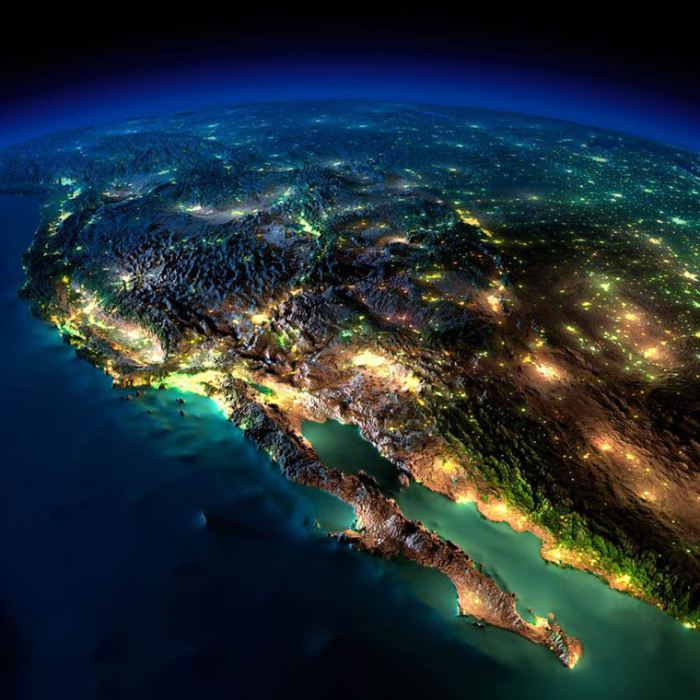

A pair of images acquired with different angles taken from an airplane or satellite can be used to infer the terrain.

Though these satellites often only have a resolution of about ten meters, they can obtain information on an area tens of miles wide in a single pass. Radar satellites are often used for creating models of large areas of terrain. Often this data is obtained using remote sensing equipment rather than direct surveying methods. There are many ways to obtain the information shown in a digital terrain map. Digital terrain models are also incorporated into geographic information systems.

Other uses include the creation of physical raised-relief maps, flight simulator programs or other visualization and modeling applications. The digital terrain model can be used to model water flow or other movements (for example, to run simulated avalanches or landslides), or for land-use studies, transportation system planning, and geological applications. As needed, Point to Point Land Surveying can create a DTM to suit your needs. Although maps depicting topographical information have been produced for hundreds of years, it is only recently that such elevation data has been collected in such a precise digital form as to allow the creation of digital models of the topography of the land. The scale of this modified data is 1:250,000 which was captured from the original source data which was at a scale of 1:20,000.Digital terrain modeling (DTM), also known as digital elevation modeling, is the practice of creating a digital representation of ground topography and terrain. The data was converted into 1:50,000 grids for distribution. The data consists of an ordered array of ground or reflective surface elevations, recorded in metres, at regularly spaced intervals. Click on the Explore button to download the required letterblock. This data is the TRIM DEM converted to the Canadian Digital Elevation Data (CDED) format which is available from the BC Geographic Data Catalogue. are at a 1:250,000 scale with additional slope, aspect and hillshade data, based on the Terrain Resource Information Management (TRIM) 1:20,000 DEM.


 0 kommentar(er)
0 kommentar(er)
